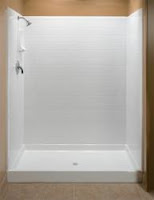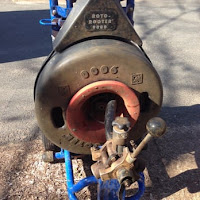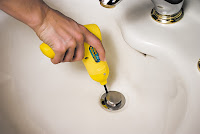 |
| Phoenix Tub Plumbing |
 |
| Phoenix Tub Plumbing |
 |
| Phoenix Tub Plumbing |
 |
| Phoenix Tub Plumbing |
 |
| Phoenix Tub Plumbing |
 |
| Phoenix Tub Plumbing |
 |
| Phoenix Plumbing Drain |
 |
| Phoenix Plumbing Drain |
 |
| Phoenix Plumbing Drain |
 |
| Phoenix Bathroom & Plumbing |
 |
| Phoenix Bathroom & Plumbing |
 |
| Phoenix Bathroom & Plumbing |
 |
| Phoenix Shower Plumbing |
 |
| Phoenix Shower Plumbing |
 |
| Phoenix Shower Plumbing |
 |
| Phoenix Rooter Plumbing |
 |
| Phoenix Rooter Plumbing |
 |
| Phoenix Rooter Plumbing |
 |
| Phoenix Home Shower Plumbing |
 |
| Phoenix Home Shower Plumbing |
 |
| Phoenix Home Shower Plumbing |
 |
| Phoenix Services Plumbing |
 |
| Phoenix Services Plumbing |